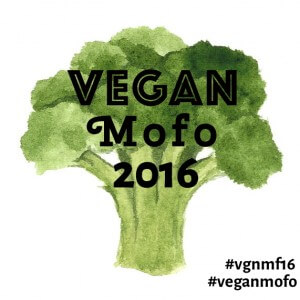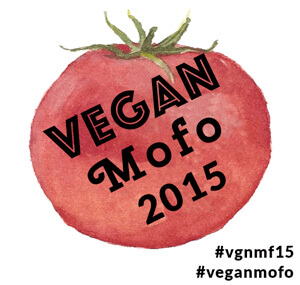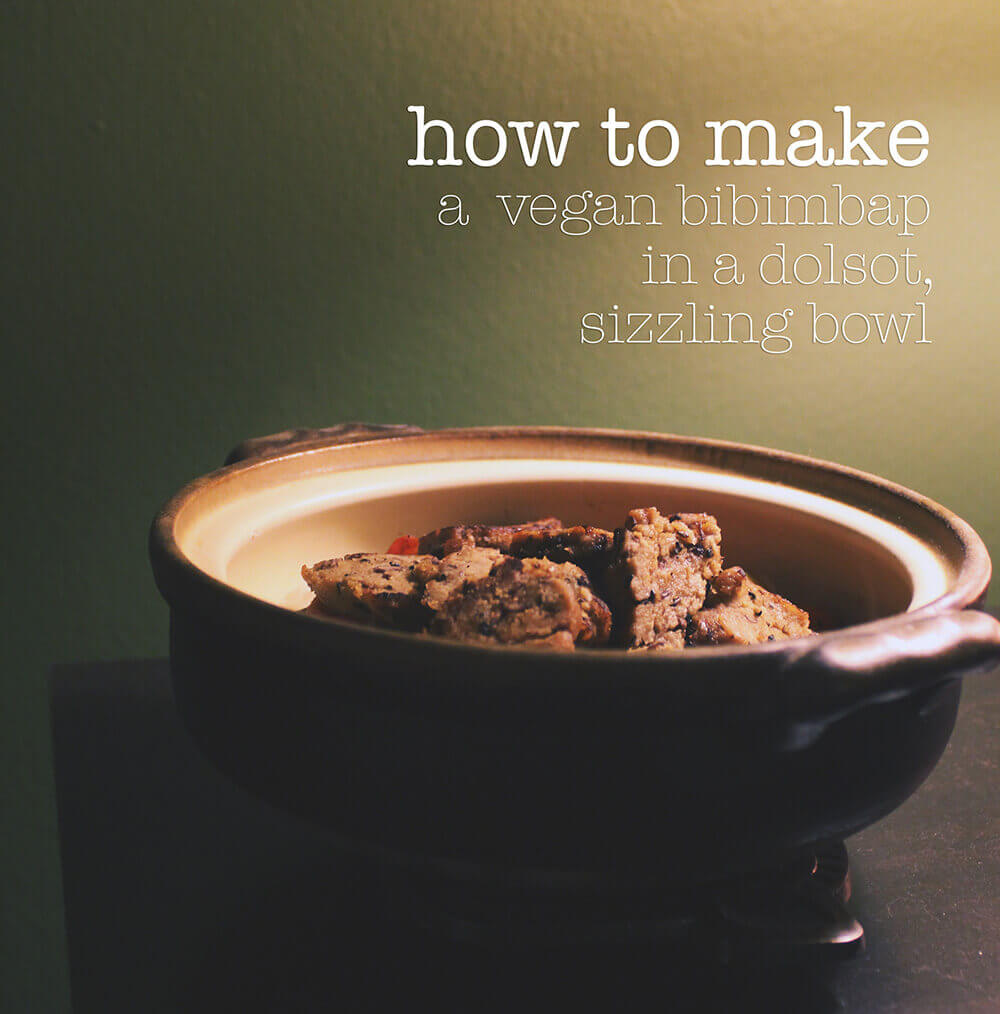
I’ve probably passed by hundreds of bibimbap recipes on blogs. And can you blame people? Bibimbap is super easy to make. It is also the father of the “vegan bowl.” Think about it- the grain (rice), the veggies, greens (spinach, kimchi), protein (traditionally egg or meat), and a sauce (gochujang). An authentic bibimbap uses up various “namul,” or veggie side dishes. Plop on some rice, dress with side dishes, give a protein, and plop on some gochujang. Your dinner is done.
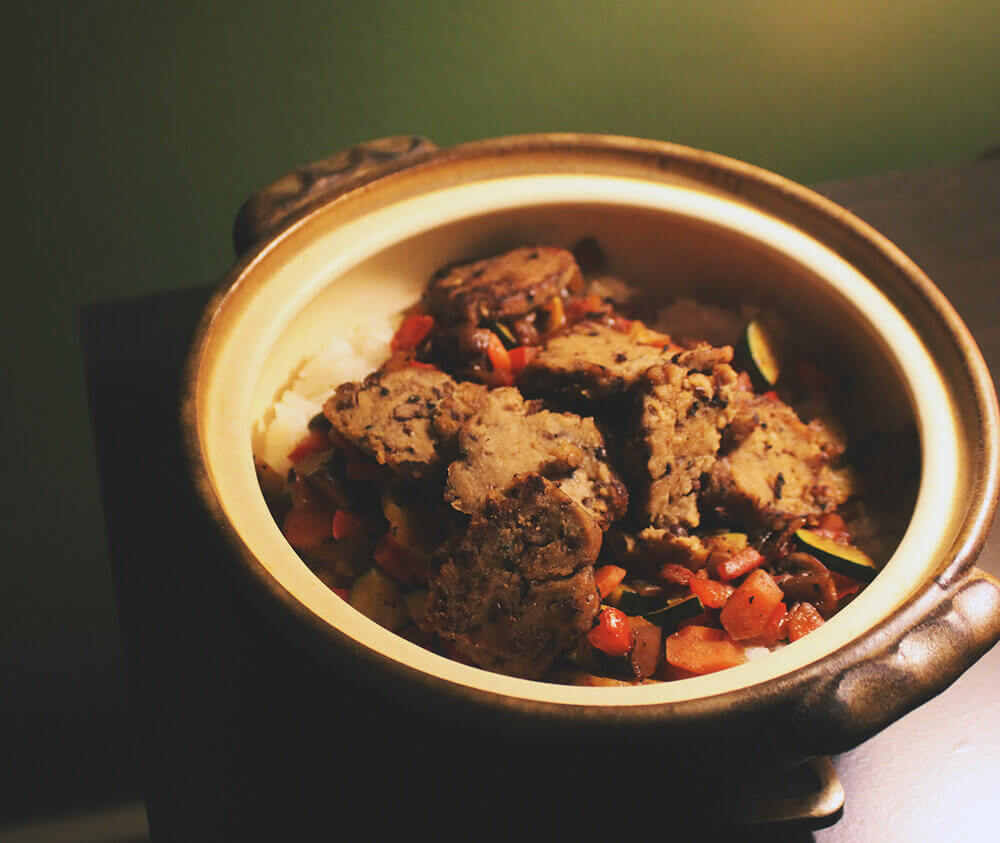
But if you actually go to a Korean restaurant and order a bowl, you might not have the beautiful bowls you can find on google. You might get a bowl where all the veggies and protein are all sautéed together. This is an easier method when making the dish at home. Though the traditional style is a great way to use up leftovers from a big Korean style dinner.
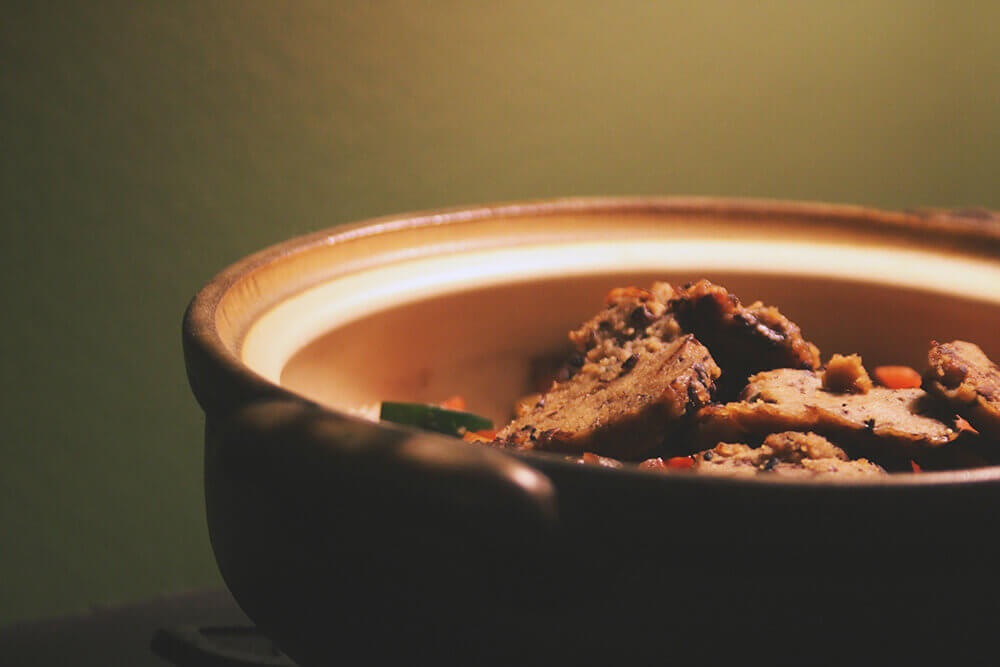
But one of the secrets I will teach you is how to make bibimbap in a dolsot. Dolsot is the Korean word for a stone pot, and many styles are available online. I personally use my nabe, a Japanese styled hot pot, which is sized for one serving. The biggest difference between the two styles is that a dolsots come with a tray to carry it with so you don’t burn yourself. If you use a stone pot, you will get a yummy crispiness to bottom of the rice. It is easy to burn and takes practice, so be patient.
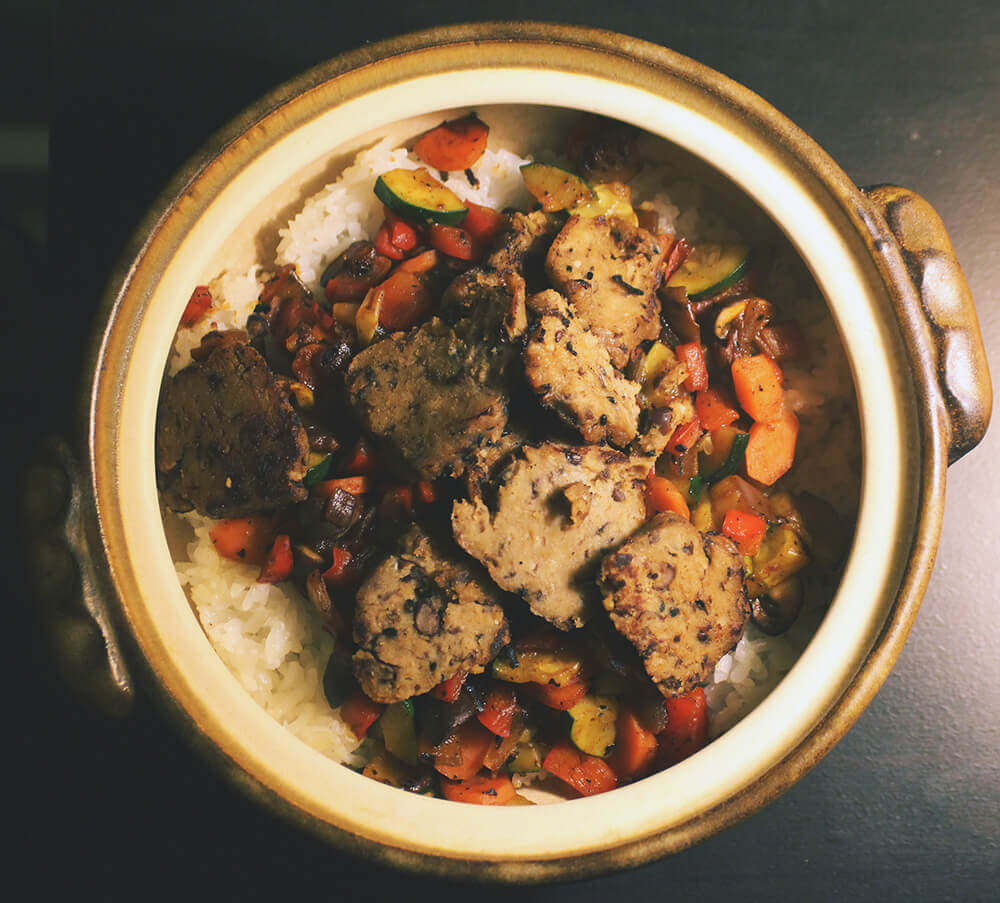
The beauty of bibimbap is that is simply translates into mixed rice. So it is flexible with ingredients. Don’t want seitan? No problem, use tofu or beans. Don’t like carrots? Just skip them. Don’t want gochujang? You can use miso or doenjang. The key is to use fresh and cheap ingredients.












